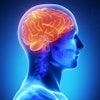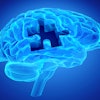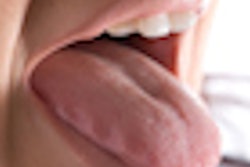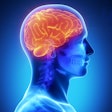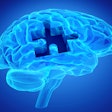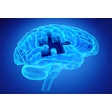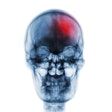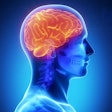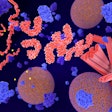Patients with burning mouth syndrome (BMS) may be more prone to increased intracranial pressure, suggesting that it should be classified as a neurological condition, according to a study recently published in the Journal of Oral Rehabilitation.
Furthermore, BMS patients showed a higher rate of neuroimaging signs associated with idiopathic intracranial hypertension (IIH), such as enlarged optic nerve sheaths and narrowing of the dural sinuses, the authors wrote.
“The higher prevalence of IIH signs in BMS patients compared to controls confirms that BMS should be considered a chronic neurological disorder,” wrote the authors, led by Michele Davide Mignogna of the University of Naples Federico II in Italy (J Oral Rehabil, July 21, 2025).
This case-control, cross-sectional study was conducted from September 2022 to March 2023 and included 37 adults with BMS and 37 without the syndrome. Participants were enrolled during their first visits with either an oral medicine specialist or a general dentist. All individuals received a standard oral exam to rule out other oral conditions followed by a brain magnetic resonance imaging (MRI) scan and an ophthalmological exam, they wrote.
The imaging included noncontrast brain MRI with venography and a fundus oculi exam to assess for signs of increased intracranial pressure. To be classified as having IIH, participants needed at least three of four neuroimaging signs, including empty sella, enlarged optic nerve sheaths, optic disc flattening, or dural sinus stenosis.
BMS patients had significantly higher average optic nerve sheath diameters compared to healthy controls (six versus 5.3, p < 0.001). They also showed a higher prevalence of empty sella (χ²(1) = 13.59, p < 0.001) and dural sinus stenosis, which was present in 97.3% of BMS patients versus 27% of controls (χ²(1) = 38.84, p < 0.001), the authors wrote.
Most BMS patients (47.2%) had left-sided stenosis, and 38.9% had bilateral stenosis, while no controls had bilateral stenosis (χ²(2) = 8.6, p < 0.005). Bulb flattening was rare in both groups, with no significant difference (p > 0.05). Overall, the findings suggest notable differences in neuroimaging features between BMS patients and healthy individuals.
Nevertheless, the study had limitations. Further research with larger patient groups and treatment responses targeting intracranial pressure is needed to confirm the findings, the authors added.
“Once the role of IIH in the pathogenesis of BMS has been clarified, future research could focus on potential new therapeutic approaches in the management of BMS,” they concluded.


